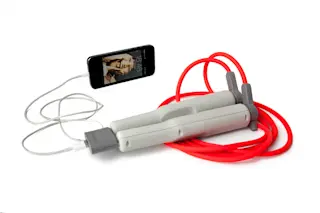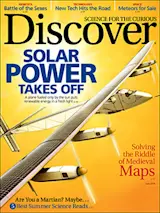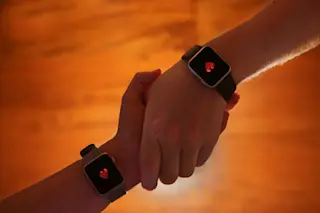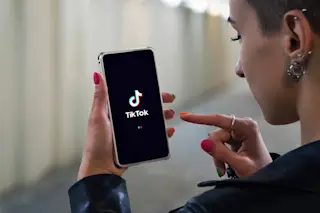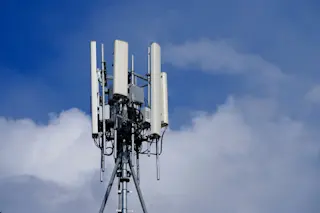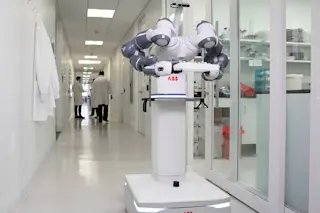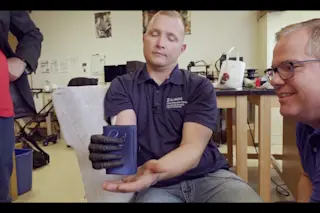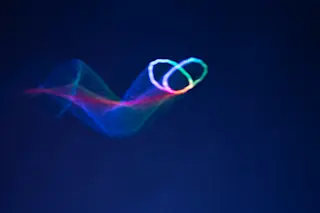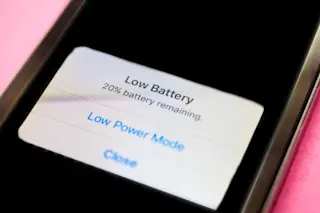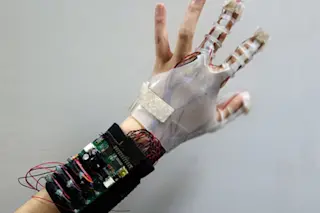Children can now give the energy crisis a swift kick, enjoying the world’s most popular sport while generating electricity that can power a light to read or do homework.
Meet Soccket, a soccer ball and rolling power plant in one. The New York-based company Uncharted Play began selling the ball last November with a focus on getting it into the hands (and onto the feet) of kids in underdeveloped countries. So far, Soccket has rolled into 62 countries and all 50 states.
The Windup
The ball uses electromagnetic induction to transform kinetic energy, produced from rolling or striking the ball, into electricity. It’s a process akin to that of a self-winding watch. Just as the watch is wound with movement, Soccket converts every corner kick or header into battery-stored power via an internal DC generator.
Power Player
After a budding Pelé or Maradona takes the ball home, small appliances can ...


